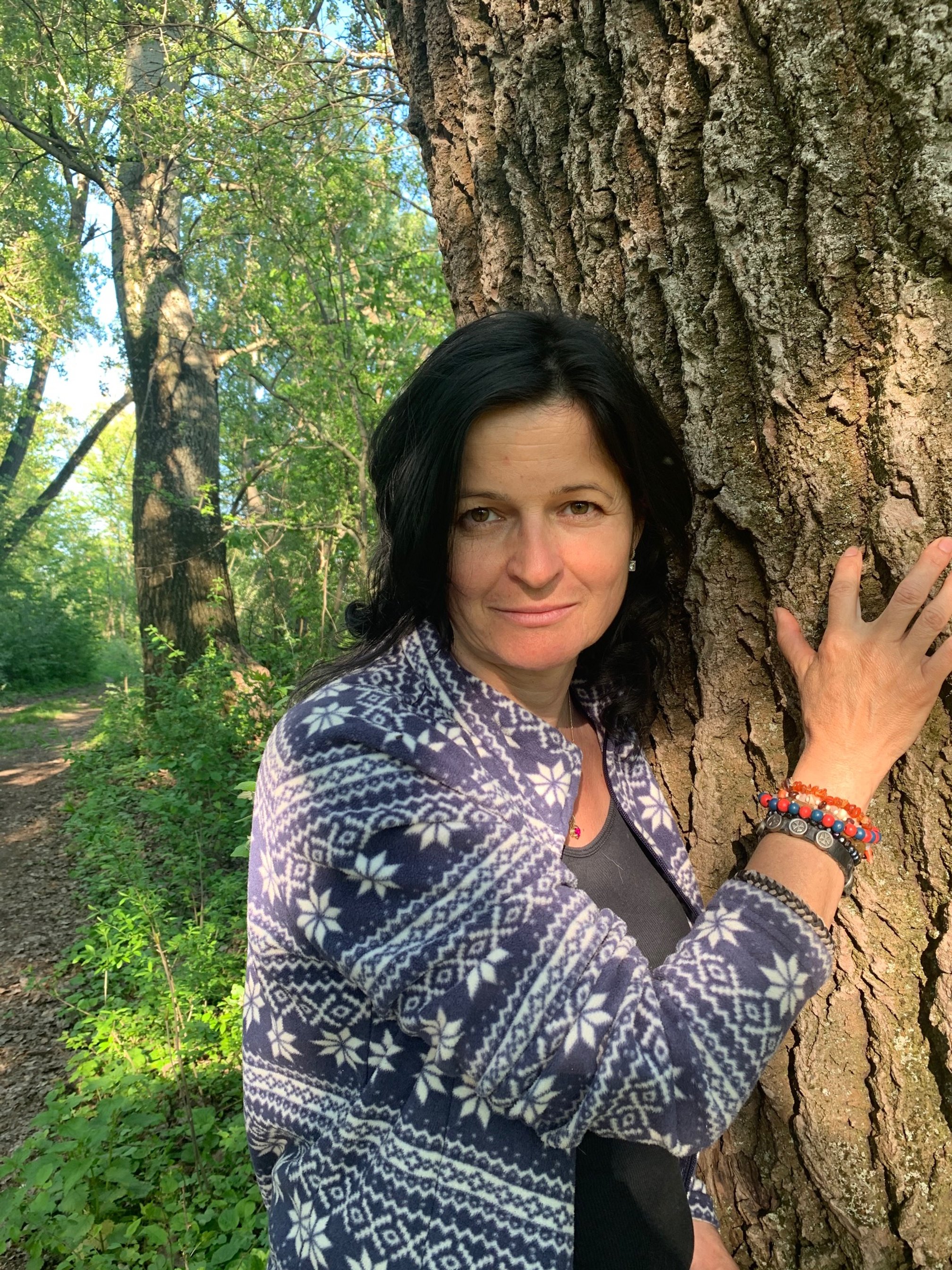
Tatras
The Tatra Mountains, the highest mountains of the Carpathian range, present an unrivalled opportunity to study and appreciate a uniquely preserved mountain natural environment. Situated at the borders of Slovak and Polish territories, these mountains encompass a significant conservation area within the framework of the NATURA 2000 network.
The Tatras' dual-national park system comprises Slovakia's TANAP, spanning 73,800 hectares, of which roughly 30,703 hectares are strictly preserved, alongside the Polish TPN, which envelopes approximately 21,000 hectares with about 11,514 hectares under strict protection. Combined, this results in a contiguous strictly protected wilderness area of circa 42,000 hectares.
After World War II, in 1947, the town of the High Tatras was founded, which was given three basic functions, which were: tourism, recreation and sport, the second was climatic spa and treatment and the third was nature protection and research. Also nowadays, inhabited parts of national parks are strongly affected by human activities.
These parks host crucial sites of European ecological significance. In 1992, the Polish and Slovakian national parks in the Tatras were jointly designated a transboundary biosphere reserve by UNESCO, under its Man and the Biosphere Programme.
The noteworthy conservation value of the Tatras lies in the maintenance and protection of some of the most extensive strictly protected valley systems in Europe’s temperate zone, such as the Ticha and Koprova valleys. These systems not only safeguard a high degree of biodiversity but also serve as pivotal reference sites for long-term ecological processes and adaptive capacities in the face of anthropogenic climate shifts. In particular, the region encompasses some of the highest quality Carpathian primary forests, with trees surpassing 600 years in age.
The formerly managed forest habitats have been subject to recent rewilding endeavors, especially after the severe windstorms and bark beetle outbreaks of 2004. This has spurred a spontaneous restoration of natural structural complexity within these previously homogenous forests, enhancing habitat diversity and promoting the prevalence of specialist species. Furthermore, high energy river systems arise from these valleys (eg. Belá River). Its morphodynamics has sustained a dynamically interconnected river system, bolstering a variety of specialized habitats, notably for Myricaria germanica, alongside a variety of riparian and aquatic biota typical to this active fluvial landscape.
Challenges
Biodiversity conservation in National park
Moderate natural disturbances and climate change (wind and bark beetle calamities in spruce stands)
Wildlife-urban interactions (cases of bears, wolves and recently a red deer in close proximity to urbanised areas)
Diverse perceptions of wilderness, limited acceptance of natural disturbances as integral components of natural ecosystems, low level of education on natural processes and the significance of biodiversity for human well-being, and inadequate communication of conservation efforts with the public
A wide spectrum of actors´ interests and values
Social and demographic structure
Lack of tools to mitigate the decreasing income from timber harvest
Different priorities than strict protection of habitats at the Slovak site
Legislation and Policy – Zonation of national park is not accepted in the Slovak site
Management challenges (spatial planning, master plans, infrastructure, administrative changes)
Anthropogenic influences (such as tourism – on one side rapidly expanding intensive tourism, on the other side almost no opportunities for ecotourism, the proximity of the fast-developing towns, and air pollution from transport and the industry mostly on west and Polish part of national park).
Research
CZU
Investigate the historical and recent patterns of natural disturbance regimes, specifically analyzing their frequency, intensity, and spatial distribution
Examine the effects of natural disturbances on carbon dynamics within primary forest ecosystems, aiming to quantify the impacts on carbon storage processes.
Identify and assess the impact of natural disturbances on biodiversity indicators and habitat availability for forest-dwelling species
IFE SAS and WU
Screening and analyzing institutional framework of policies related to national park management and rewilding (Task 2.3 IFE SAS)
searching for synergies and trade-offs between policies (Task 2.3 IFE SAS)
screening the interests of key actors and conflicts in RW governance (Task 2.3 WU)
identifying actors´ perceptions of rewilding (Task 2.5 choice experiment UCPH)
Meet the Team
-

Agata Konczal
Leader for Task 2.3 and a scientific partner for the Polish part of the High Tatra Case Study. She is an Assistant Professor at the Forest and Nature Conservation Policy Group at Wageningen University. She works on the perception, understanding and use of forests by different social groups, various approaches to, and interpretations of nature protection and forest management, and interdisciplinary research relating to forest and environmental topics.
-

Tatiana Kluvánková
Tatiana is an ecological-institutional economist and a full professor of management at Slovak Academy of Sciences and the Slovak University of Technology. She is a Director of CEE research network CETIP, which is an independent supra-regional collaborative research network of Central and Eastern Europe. Her research concerns governance and behavioural aspects of sustainability transformation and transdisciplinary collaboration between natural and social sciences under the conditions of complexity and uncertainty. Current research experience are commons, ecosystem service governance and social and institutional innovation.
-
Miroslav Svoboda
Miroslav is a forest ecologist a full professor of forest management at Czech University of Life Sciences at Prague. Research interests include forest dynamics, forest management and biodiversity, disturbance ecology, and dendroecology in temperate and tropical forests. Leader and founder of Forest Dynamics and Biodiversity research group that established REMOTE network (www.remoteforests.org). The establishment of this research network over the past resulted in what is currently one of the largest forest research networks of permanent research plots in primary temperate forests. The network comprises more than 1000 permanent research plots established in currently 9 European countries, that are regularly re-measured.
-

Zuzana Sarvašová
Zuzana has 20 years of research experience in the field of forest policy, focusing on intersectoral relations in forestry, nature conservation and rural development, intra-sectoral relations in forestry, policy instruments to promote innovation and ecosystem services in forestry. The experience and abilities of the principal investigator are documented by the international engagement in scientific teams (e.g. Forest Europe expert group on ES, EFI projects INNOFOREST, Engaging, H2020 ARANGE or COST actions).
-
Martin Mikoláš
Martin is a forest ecologist at Czech University of Life Sciences at Prague. His research concerns. Research interests include forest dynamics and biodiversity in temperate and tropical forests. Co-founder of Forest Dynamics and Biodiversity research group that established REMOTE network (www.remoteforests.org).
-

Stanislava Brnkaľáková
Stanislava has her universitiy degrees in environmental planning and management and spatial planning. She has been working at Slovak Academy of Sciences since 2016 as a researcher of international projects (H2020, Horizon Europe, COST Action) and has a reach experience of research exchange programs participation at universities and research centres in Finland, Iceland, Netherlands, Slovenia, Sweden, UK. Her research focuses on adaptive management of marginalized mountain regions and vulnerable communities, multi-actors decision making under uncertainty and global changes, adaptive EU policies and ecosystem services governance.
-
Olena Shelvytska
Olena is a member of Slovak Academy of Sciences research team. She is a PhD student with the main focus on rewilding in terms of turbulent times. Her work is based on nature based solutions` management with yield towards ecological and economical sustainability. Together with the team she works on institutional analysis, choice experiment, and High Tatras rewilding case study.
Case studies
-

Coillte
Managed by Coillte, an Irish state-owned commercial forestry business.
-

Gelderse Poort
Managed by Staatsbosbeheer, the Dutch government organization in charge of management and conservation of forests.
-
Ruhrgebiet
Managed by German government institutions and organisations Rheinelbe, Zeche Zollverein, Landschaftspark Duisburg-Nord, Naturerfahrungsraum Peisberg and Gleispark Frintrop.
-

Sabor
Managed by CIBIO, the Portuguese Research Centre in Biodiversity and Genetic Resources.
-

Sveaskog
Managed by Sveaskog, a Swedish, state-owned forest owner.
-
Antarr
Managed by Sustainable Productive Forests company Antarr.
-

Barcelona Metropolitan Region
Managed by CREAF Ecological and Forestry Applications Research Centre.








